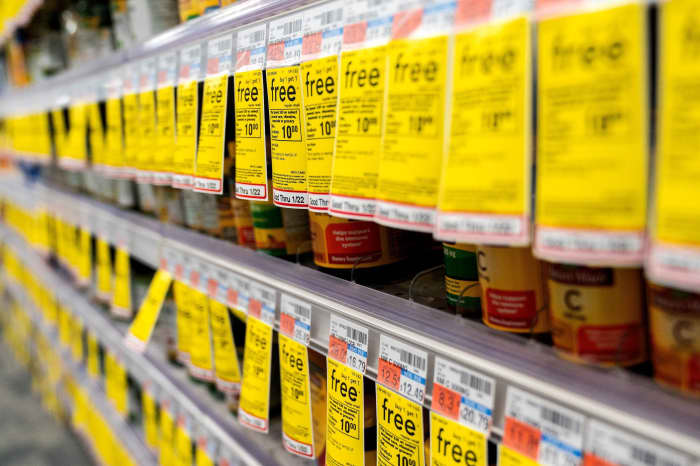
Wholesale inflation saw a fall from June to July. The trend is the first month-to-month drop in over two years. Here’s all you need to know.
Wholesale inflation in the US fell in July
The Labor Department published a report on Thursday showing the producer price index declined by 0.5 percent. The index reveals the inflation present before reaching consumers. July was the first time a monthly drop was seen in wholesale inflation since April 2020. This suggests that consumers may get some relief from the rising inflation in the months ahead. The report following government data shows that consumer inflation did not change from June to July. This was the first flat figure following 25 months of increase.
However, economists suggest caution as it is still very early to say if the situation will improve. “The July deceleration is a move in the right direction. But producer costs continue to rise at a rapid pace, well above target,” stated Rubeela Farooqi. Farooqi is the chief US economist of High-Frequency Economics. For example, from June to July, wholesale food prices rose by 1 percent. This is a sign that grocery prices will keep increasing. On the other hand, trucking freight costs fell by 0.3 percent.
Where is it heading?

The wholesale inflation jumped by 9.8 percent in July compared to a year earlier. This suggests that inflation will stay at high levels in the months to come. However, it is lower than the year-over-year surge of 11.3 percent in June. The Labor Department’s report also revealed the tumbling gas prices by 16.7 percent from June to July. This is a clear sign that gas rates will continue reducing during the coming months. While consumers are seeing the reductions, the trends will likely continue till September. On Thursday, for the first time in months, gas prices were below $4 per gallon on average.
The producer price data report also captures the phenomenon at an earlier production stage. This can show where consumer prices for various products are heading. Additionally, it also feeds the Federal reserve’s measure of inflation, known as the personal consumption expenditures price index.






